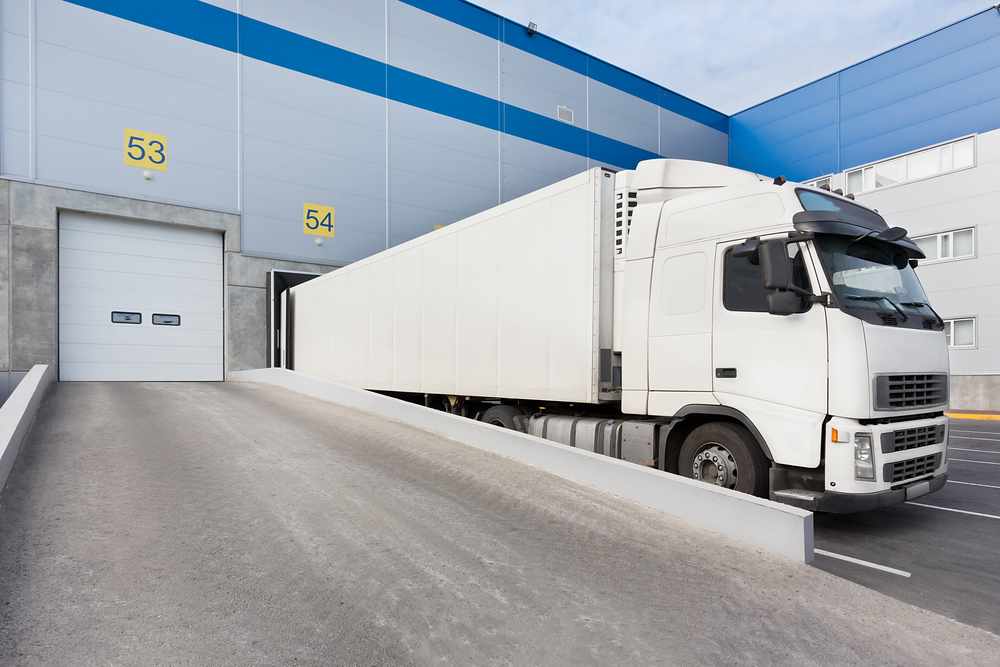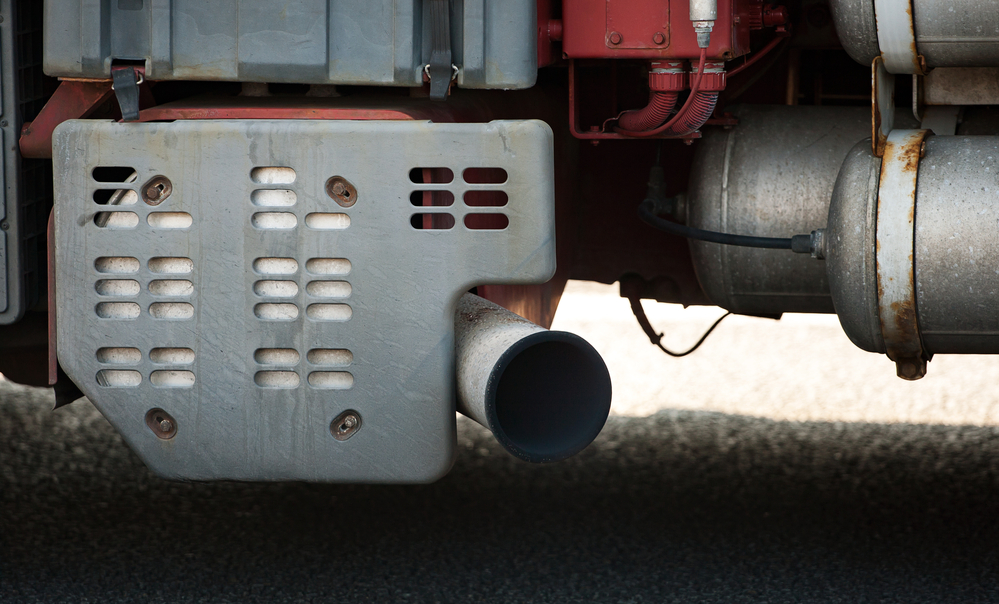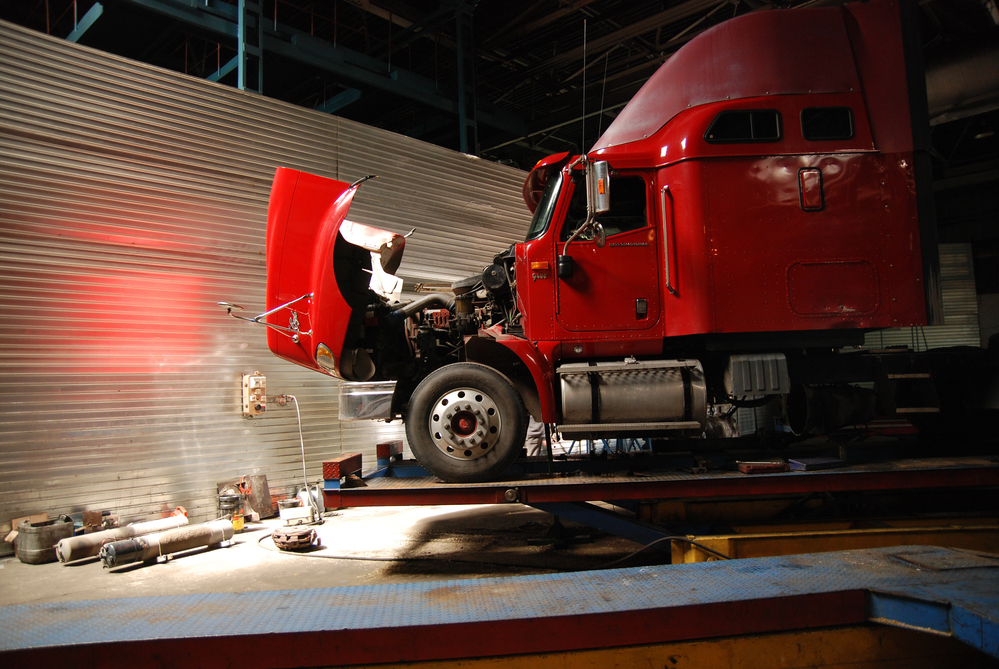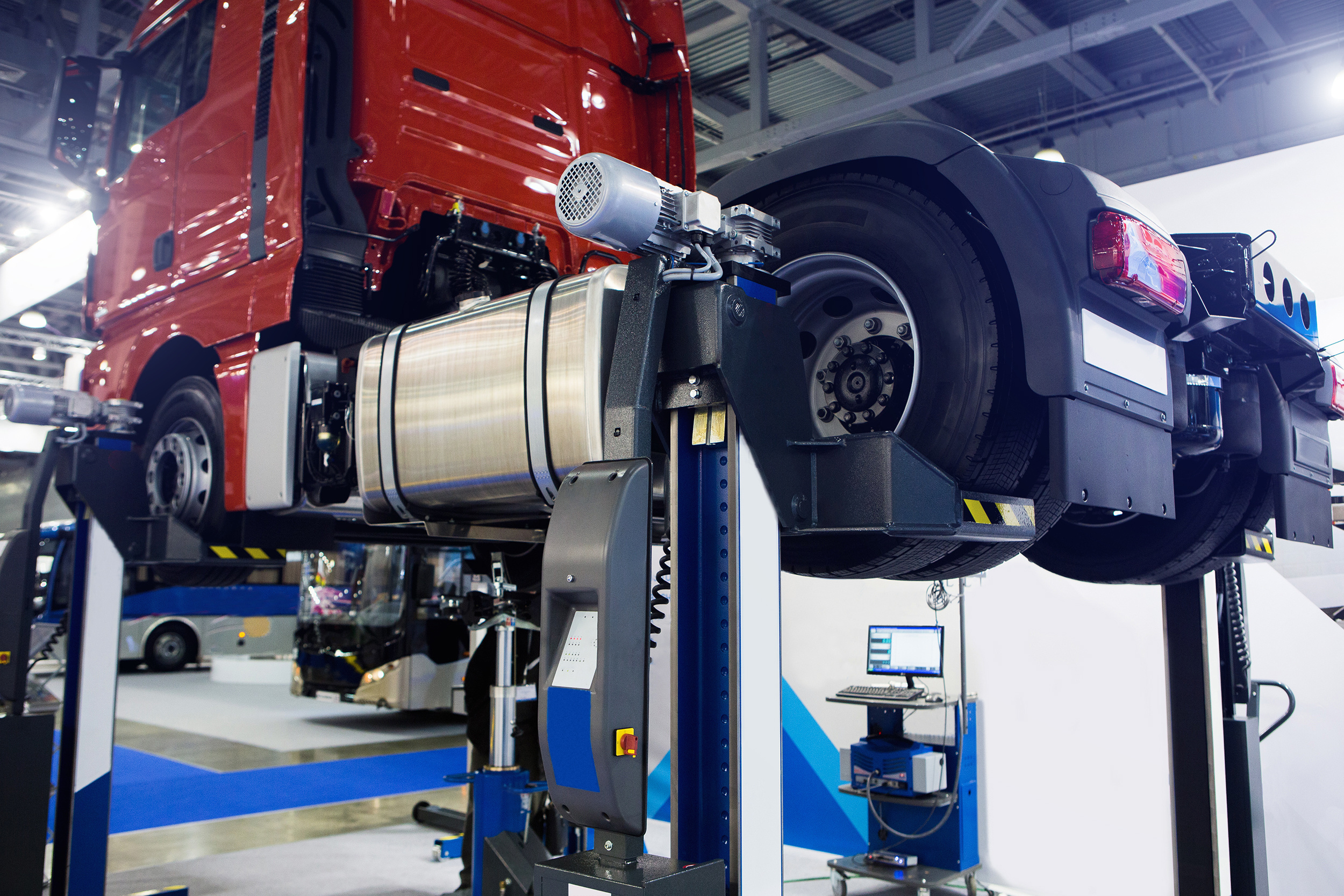
Heavy Duty Truck Parts and Their Myths
Aftermarket parts are often hit and miss in terms of what is going to last and what isn’t, especially when the parts aren’t from the manufacturer. Here are three main myths that often repeat themselves in the industry. Its our job to ensure that you get the best quality replacement parts for your fleets and heavy equipment.
All this makes it difficult for fleet managers to know which type of part — genuine, factory replacement, aftermarket replacement, will-fit, private label, all makes, white box, rebuilt, or remanufactured — is best for a truck at various points in its life cycle.
Myths and misconceptions about parts options abound in the aftermarket. Here’s a look at some of the more common ones.
1. All parts are created equal.
“Just because a [part] looks the same as a genuine part does not mean it’s the same quality,” says Amy Kartch, director of North American Vehicle Group Aftermarket, Eaton. “Fit and functionality cannot replace the years of testing, engineering and system level understanding that goes into genuine parts.”
She adds that the differences between the various types of parts comes down to the specifications they are built to and whether the part manufacturer understands the application that part will be operating in.
According to Juan Hernandez, international marketing and sourcing manager, aftermarket business unit at SAF-Holland, original parts are typically components of a system that have been designed and engineered to work together as a system. He believes variables such as tolerances and mechanical properties, among other things, are what separate original parts from other types of parts. “A safe system is the result of all its components working together the way they were designed and engineered. Altering the system’s components presents a threat to the system’s ability to operate safely.”
Consistency and after sales support are two distinguishing factors.
“Design standards are either known or they are not,” says T J Thomas, director of corporate marketing at Bendix Commercial Vehicle Systems. “The manufacturing process is known or it is not. The quality control processes are known or not, and the knowledge of the OEM requirements and the technical specs are known or not known.”
After-sale support of the part — including warranty, available training, available technical support and documentation and whether the part manufacturer has product specific experts — is a critical differentiator.
Jim Pennig, vice president of business development for Vipar Heavy Duty, explains that manufacturers of branded parts have invested a lot in the product they sell, including more field support, marketing support, research and development, engineering, and training.
Rob Speed, president of aftermarket and trailers and chief procurement officer for Meritor, contends that “OEM manufacturers create tolerances and specifications to ensure longevity and performance of their parts.” Adjustments, no matter how small, will reduce the cost of manufacturing and the price the fleet pays – but also can affect the performance of the product.
“Value line” parts may not have the same kind of quality control, the same number of inspections, and may not be made of the same material, according to Bill Wade, managing partner of Wade & Partners, a consulting firm serving the aftermarket.
Steve Miller, vice president, national fleets at Haldex, says he is seeing a trend in which parts are being considered commodities. “All parts are not created equal. Same fit and function does not mean you are buying a quality part.”
If you are looking to conduct repairs or make changes to your existing heavy machinery, it is best to seek out the most experienced retailers who can be trusted to look after you and your company in the long term. The Australia and NZ truck and crane company TRT are a well trusted brand who use quality manufactured parts in house. The company has over 50 years of truck and trailer repair and fabrication knowledge and is available for all servicing needs.

2. The price matters most.
The value in parts really comes from the availability, not just the price, according to Phil Taylor, vice president of maintenance for Central Oregon Truck Co. in Redmond, Ore. “We look at the value parts bring to our fleet, not necessarily just the cost. Cost is a component of value. The value is getting the truck back on the road in a timely manner. This allows our drivers to remain productive.”
He says there is a danger in choosing parts solely based on price. “When we need replacement parts for our tractors due to accidental damage, we only consider OEM proprietary parts for the chassis, body and interior of the truck.” He explains that is not solely because of the requirements of his fleet’s fair market value leasing program. “It’s also because we know we will get more value and better performance out of those parts and our trucks when repairs are completed,” he adds.
Jerry Conroy, North American vice president, aftermarket sales, Bendix Commercial Vehicle systems, notes that repair time needs to be a factor when selecting a replacement part. If a technician is going to spend hours replacing a part, the fleet manager probably does not want him to have to replace it again in a month.
In addition, choosing the wrong type of part could result in premature failure, an on-road failure and another trip to the shop. “We all know that what one failure can cost in terms of impact,” Eaton’s Kartch says.
Pennig says it comes to total cost of ownership “While choosing a value-priced part may be cheaper in the beginning in terms of initial investment, if you have to replace the part three or four times over the life of the equipment it may not be such a great deal.”
He adds, “Cheaper products are not always better. The acquisition price once installed versus what the uptime is on the vehicle comes into play. If the product fails sooner, the price just went up.”
Wade says when a fleet has spent $100,000 [or more] for a truck, taking a chance on an unknown supplier who is offering a part that is $10 cheaper does not make sense. “The relationship of the savings to the value of the vehicle should be the guiding principal in parts selection.”
Pennig encourages fleet managers to take a holistic view of their goals. “Ultimately this puts pressure on the fleet manager to make decisions based on safety and keeping the trucks on the road running efficiently so they can make deliveries on time.”
Haldex’s Miller contends that fleet managers understand that they can use will-fit, white box or price point parts that are not critical to the operation of the vehicle. “However, there are areas where the fleet should purchase a genuine part because a will-fit part may jeopardize a warranty or impact the safe operations or reliability of the vehicle.”
The life cycle of the vehicle does have to be taken into consideration. John Blodgett, vice president of sales and marketing at aftermarket researcher and consultant MacKay & Co, explains, “If a fleet typically buys trucks new, keeps them for six years and then sells them, they may consider putting non-genuine parts on the vehicle in the fifth year if the part is not going to affect the performance of the vehicle for the balance of the time they will own the vehicle and will not impact the resale value.”
Hernandez believes fleets should use original parts throughout the vehicle’s life, but also believes “OEM suppliers and manufacturers should be able to reduce the price of the spare parts as the years go by, thus maintaining the relation between cost of repair vs. residual value of the truck.”
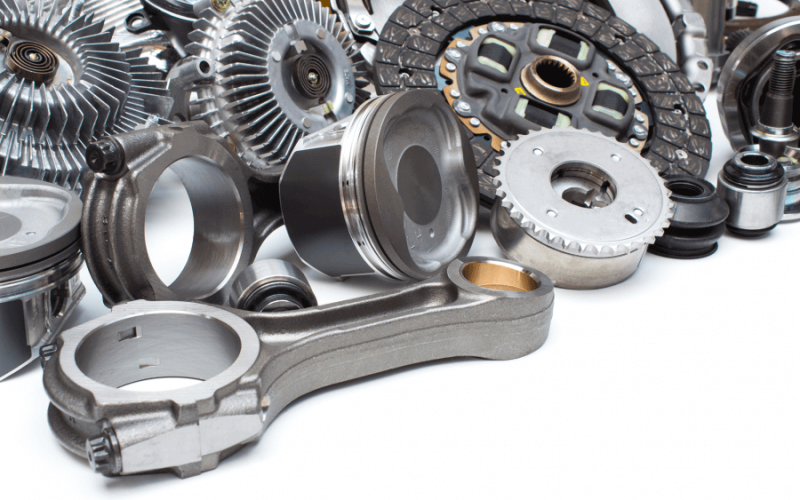
3. The age of the vehicle is the only factor to consider.
Just as with the price of the product, the age of the truck should not be the sole determinant in what type of part to use in a repair.
Fleet managers try to maximize uptime at the lowest prices with the least amount of risk, Kartch believes. “They can consider application, the age of the vehicle, trade cycle, performance of the part, quality of the manufacturer, [and] criticality of the component to uptime and safety when they choose their parts.”
However, she understands that truck life cycle is a factor. “During the truck life cycle, the definition of the value changes. First or second replacements may value highest quality to keep the truck optimized,” she says. “A later life cycle owner may choose to migrate to a price point part as the vehicle ages.”
What a fleet does with its trucks when it is ready to dispose of them plays a role in the parts selected. If a repair is made in the 47th month of a 48-month trade cycle, the part chosen may depend on who is buying the truck. “If you have a trade-in cycle, what [the next owner] cares about will influence the quality of the part you are going to purchase,” Conroy says. “If all you need to do is slap on anybody’s brake shoe so the truck is able to stop, the fleet may make a compromise, but if there is an expectation on the part of the second owner about performance, then you need to make a different decision in terms of what you put back on that truck.”
If you would like to read the full article head on over to the Trucking Info website.

